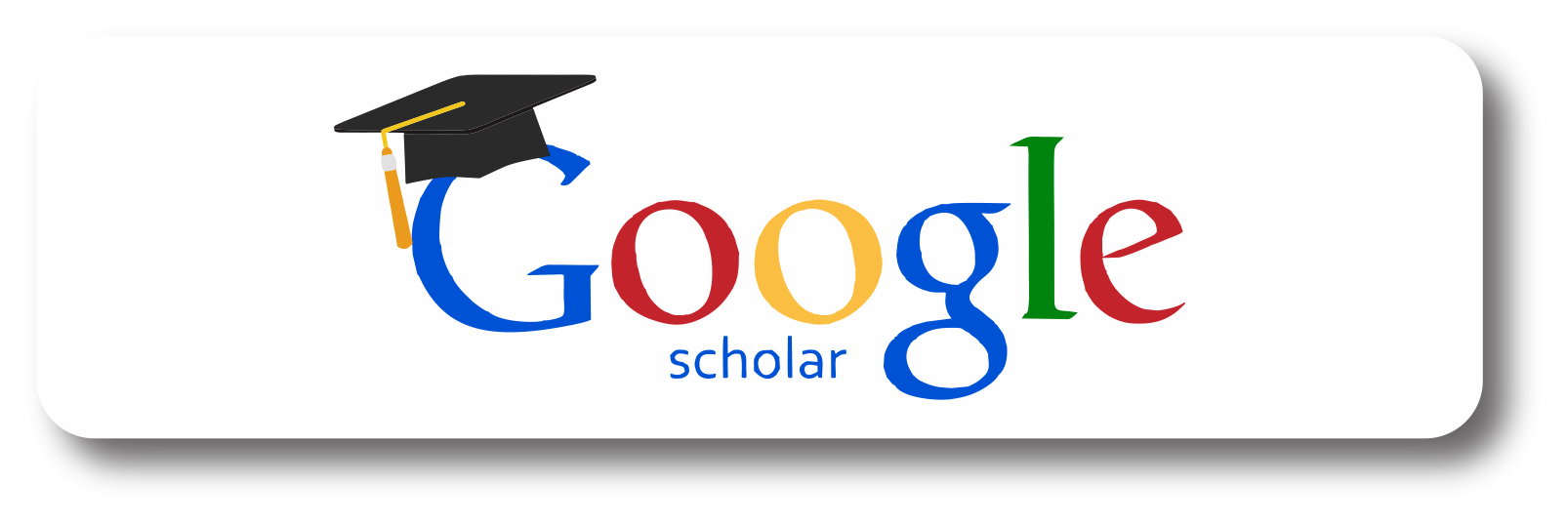LANGUAGE PEDAGOGY IN THE DIGITAL AGE: EFFECTIVE STRATEGIES AND BEST PRACTICES
Keywords:
digital education, virtual tools, language pedagogy, real-time feedback, learner motivation, collaborative learning, e-learning platformsAbstract
This article analyzes the transformation of language pedagogy driven by digital innovation. It highlights various strategies that promote collaborative learning, adaptive instruction, and real-time feedback. It also investigates the impact of digital environments on student behavior, motivation, and teacher-student interaction in modern classrooms.
References
1. Beatty, K. (2013). Teaching and Researching Computer-Assisted Language Learning. Routledge.
2. Coiro, J. (2009). Rethinking reading assessment in a digital age. Educational Leadership, 66(6), 59–63.
3. Vanderplank, R. (2016). Captioned media in foreign language learning and teaching. Language Teaching, 49(1), 1–23.
4. Wang, S., & Vasquez, C. (2012). Web 2.0 and second language learning: What does the research tell us? CALICO Journal, 29(3), 412–430.
5. Kukulska-Hulme, A. (2009). Will mobile learning change language learning? ReCALL, 21(2), 157–165.
6. Hampel, R., & Stickler, U. (2012). The use of videoconferencing to support multimodal interaction in an online language classroom. ReCALL, 24(2), 116–137.
7. Levy, M., & Stockwell, G. (2006). CALL Dimensions: Options and Issues in Computer-Assisted Language Learning. Routledge.
8. Selwyn, N. (2022). Should Robots Replace Teachers? AI and the Future of Education. Polity Press.


